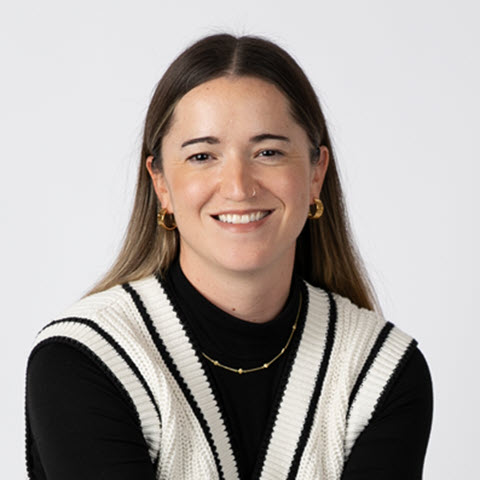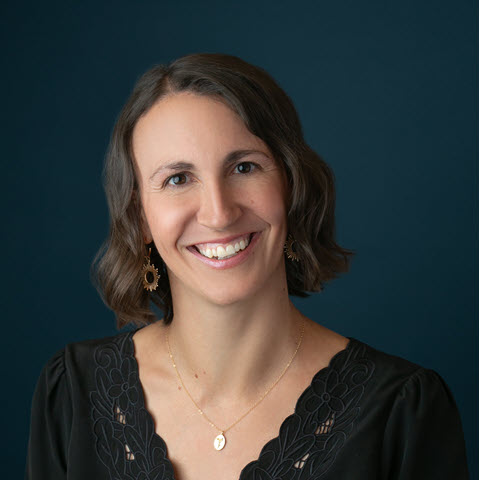Large utilities, on average, are spending more than $2.3 million per year on repeat contacts.
First-contact resolution (FCR) is an important contact center metric to measure the quality of customer interactions and help decrease the volume of repeat contacts. Common metrics such as service level and abandonment can show you how well your contact center performs at an operational level, but FCR captures how effectively agents answer customers’ questions.
It doesn’t matter to customers how quickly an agent answers the phone or completes a chat if they have to reach out multiple times. What matters to customers is the quality of the interaction and whether the agent resolved their issue.
Let’s dive into FCR a bit more to understand what it is and why it’s beneficial.
What is FCR?
FCR can refer to two different measures: first-contact resolution and first-call resolution. In this blog post and our recently updated report Use a standard definition of FCR to create a great customer experience and save money, we’re talking about first-contact resolution when we say FCR.
Much of that report, available to members of the E Source Customer Service Operations subscription, focuses on first-call resolution because benchmarking data is more-readily available for calls. But FCR is the true goal for contact centers and organizations as a whole.
FCR is the more advanced metric, but many utilities don’t have the systems in place to measure it. We recommend measuring FCR across all channels. Inefficiency on one channel will drive customers to use others and negatively impact customer satisfaction.
In the E Source customer experience glossary, we define the two metrics as follows:
first-call resolution: a measure of a utility’s ability to resolve a customer’s issue during the first call, whether via interactive voice response (IVR) system or live agent
first-contact resolution: also called first-interaction resolution; a measure of a utility’s ability to resolve a customer’s issue during the first contact, irrespective of channel (for example, interactive voice response [IVR] system, web, mobile, chat, live agent, or text message)
FCR definitions can vary by channel. For example, FCR via chat or the phone can look like resolving the issue in one chat session or one phone call. But FCR via email or social media can look like resolving the issue in one response.
As you measure FCR across channels, clearly define what resolving the issue on the first contact means to your organization. And use that definition consistently going forward.
Does FCR improve customer satisfaction?
Research from customer experience insights provider SQM Group found that as first-call resolution increased so did customer satisfaction (CSAT). In the article FCR—Top 5 Reasons for Improvement, SQM found:
For every 1% improvement in [first-call resolution], there is a 1% improvement in Csat. [First-call resolution] is the metric with the highest correlation to Csat and the absence of [first-call resolution] is the strongest driver of customer dissatisfaction. In fact, Csat drops, on average, 15% every time a customer has to contact an organization again to get their initial inquiry resolved. In other words, if a customer had to contact an organization three times to get their inquiry resolved, their Csat is 30% lower on average than a customer who had their initial inquiry resolved on the first contact.
Does FCR reduce costs?
Contact centers spend a lot of money handling repeat contacts. We used data from the E Source 2021 Contact Center Performance study to understand the scale of these costs.
The costs we feature below are examples based on our survey data. Please note that we show rounded numbers in this report, but our calculations are based on unrounded data. You can estimate your own internal costs with these formulas:
percentage of repeat calls (100% – FCR%) × average number of calls per year = number of repeat calls handled per year
number of repeat calls handled per year × average cost per call = dollars spent handling repeat calls
Large utilities in the survey reported an average first-call resolution rate of 84%—much higher than SQM’s call center average of 70%. So 16% of calls required repeat contacts.
The average cost per call was $9.54, from the 15 utilities that provided data. We included labor and nonlabor costs in the calculation. Including these costs offers a more-accurate measure of the true cost of an interaction. Labor and nonlabor costs include:
- Technology
- Training and support
- Taxes and insurance
- Other operations and maintenance costs
Further, each contact center agent FTE at large utilities handled an average of 8,708 calls in 2020. That means 1,393 calls—or 16%—came from repeat callers. Handling these repeat calls cost just over $13,291 per agent.
When you scale these costs to the entire contact center, they’re significant (figure 1).
Figure 1: Utility costs for repeat calls each year
| Average number of contact center FTEs | Average number of repeat calls per year | Estimated yearly cost spent handling repeat calls | |
|---|---|---|---|
| © E Source (2021 Contact Center Performance). Base: All utility respondents (n varies). Question: Please enter the total number of agent full-time equivalents (FTEs) who work within a physical contact center, walk-in center, or in a space not owned by the utility (such as at home). These agents must handle customer inquiries. Notes: We calculated the estimated cost spent handling repeat calls by using $9.54 as the average cost per call, including labor and nonlabor costs. We determined this average through 15 utility survey responses. We show rounded numbers in this report, but our calculations are based on unrounded data. Contact us if you have further questions about how we calculated these estimates. Use caution when sample size falls below 30. | |||
| Large utilities (more than 400,000 customers) (n = 16 utilities) | 176 | 245,203 | $2,339,239 |
| Small utilities (fewer than 125,000 customers) (n = 9 utilities) | 26 | 26,441 | $252,251 |
Looking at this from another angle, a 1% improvement in FCR means FTEs would be answering 87 fewer calls (1% of 8,708 calls) each year, saving $830 per FTE per year. Here’s the equation:
87 avoided calls per year × $9.54 average cost per call = $830 savings per FTE per year
Figure 2 shows what those costs look like for the whole contact center.
Figure 2: Annual savings resulting from a 1% improvement in FCR
| Average number of contact center FTEs | Average number of avoided calls per year | Annual savings resulting from a 1% improvement in FCR | |
|---|---|---|---|
| © E Source (2021 Contact Center Performance). Base: All utility respondents (n varies). Question: Please enter the total number of agent full-time equivalents (FTEs) who work within a physical contact center, walk-in center, or in a space not owned by the utility (such as at home). These agents must handle customer inquiries. Notes: We calculated the annual savings resulting in a 1% improvement in FCR by using $9.54 as the average cost per call, including labor and nonlabor costs. We determined this average through 15 utility survey responses. We show rounded numbers in this report, but our calculations are based on unrounded data. Contact us if you have further questions about how we calculated these estimates. Use caution when sample size falls below 30. | |||
| Large utilities (more than 400,000 customers) (n = 16 utilities) | 176 | 15,325 | $146,202 |
| Small utilities (fewer than 125,000 customers) (n = 9 utilities) | 26 | 1,653 | $15,766 |
How should you measure FCR?
FCR is the primary goal, but utilities often start by measuring first-call resolution because the data is more-readily available.
Recognizing this, E Source worked with industry leaders to create a new definition for first-call resolution. By adopting this definition, you’ll be able to better track first-call resolution and benchmark against your peers. Although we’ve seen first-call resolution benchmarking from SQM, the E Source definition is specific to utilities, accounting for your unique call types.
You can learn more about the E Source first-call resolution definition and our recommendations for measuring and improving FCR in the full report Use a standard definition of FCR to create a great customer experience and save money.


